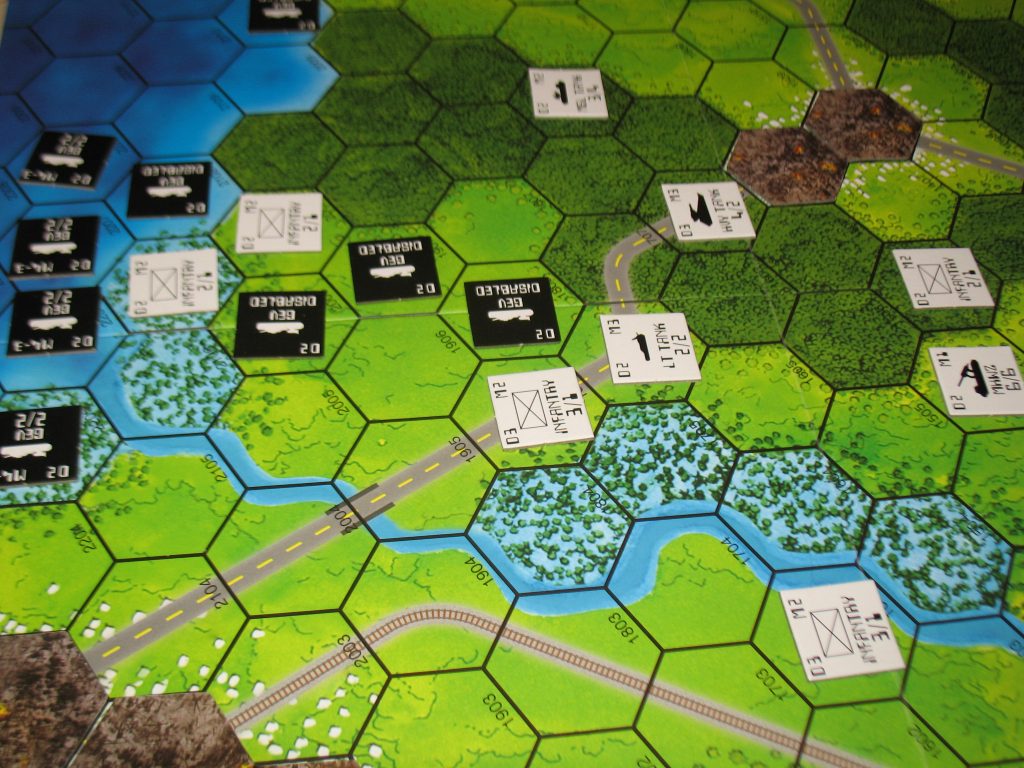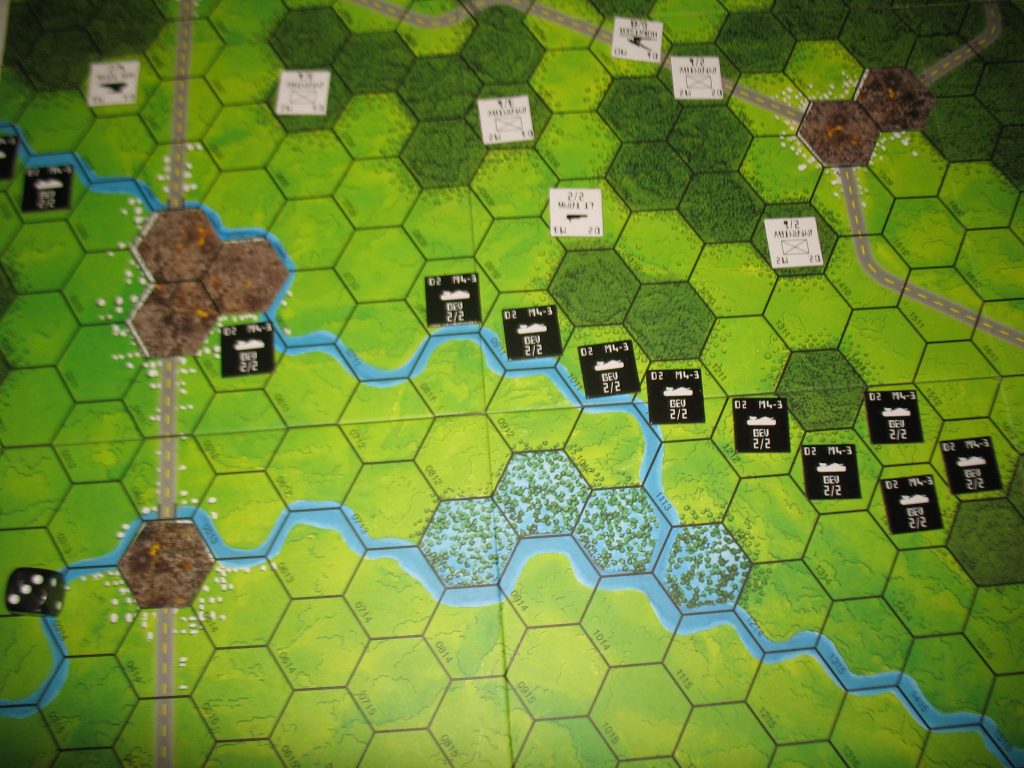 I used to think that sort of games I liked were complex. Mastering the rules, finding an opponent, and then teaching someone else how to play always seemed like a challenging undertaking to me, anyway. But everything’s relative. Compared to the old baseline of chess, checkers, Monopoly, Risk, and rummy the old “MicroGames” Car Wars, Ogre, Star Fleet Battles, and Dragon Rage really were fairly complicated.
I used to think that sort of games I liked were complex. Mastering the rules, finding an opponent, and then teaching someone else how to play always seemed like a challenging undertaking to me, anyway. But everything’s relative. Compared to the old baseline of chess, checkers, Monopoly, Risk, and rummy the old “MicroGames” Car Wars, Ogre, Star Fleet Battles, and Dragon Rage really were fairly complicated.
But the big collectible card game craze of the nineties changed a lot about hobby gaming. Games like Dominion look like relatively simple games. But if a veteran of the Magic Tournament sits down at your table, you’ll get a lesson on just how good “kids these days” are when it comes to stacking a deck. And Euro games that at first looked like something that would double or triple the size of the potential player base become entirely opaque when played by competent players dead set on winning. I almost wonder if the runaway complexity within that space is driven by a desire to further obfuscate the sort of conflict that Euro-gamers consider to be déclassé.
MicroGames are different. When I teach those, the rules aren’t even the half of it. It takes a game or two to get comfortable with them just like anything else. But conveying the sort of tactics these games demand of their players takes time. And explaining the gist of how these tactics are composed into winning strategies takes even more. Some people just ground out on the latter and I never figure out how to get there with them.
That’s the way it was with my group back in the day. We got hold of Ogre and just assumed that the defense was outclassed by the giant cybertank. It took a decade or two and several tactics articles for me to realize just how well the game really worked. The frustration involved in making it over the strategy curve is precisely what makes it a great design. Far from factoring it out or obfuscating it the way contemporary designs seem to do, the supplements for Ogre seem intent on bringing it back, making it fresh again, and confusing the balance between the many well-worn tactics of the franchise.
I love how the addition of terrain and overrun rules in G.E.V. change infantry from cannon fodder into the queen of the battlefield. Howitzers are transformed from sitting ducks to fortresses when screened by them. Heavy tanks get even faster when they can breeze through terrain that would cause a missile tank to get bogged down. I’ve blown up countless tank units in the “kill the command post” scenario of classic Ogre… but put G.E.V. on the table and I suddenly don’t know half of what I could about these units.
The classic Breakthrough scenario is a case in point. I don’t know how many times I’ve run this for people where their first instinct is to run all of their G.E.V.s up the river, through the lake, back onto land and then off the board. Ever since my son demonstrated to me how an infantry unit could overrun multiple units if they’re foolish enough to park next to them, there’s been a nasty surprise waiting for the next person to try it. I couldn’t conceive just how nasty a few infantry units could really be until my opponents got bogged down at the swamp and river area surrounding the bottleneck point where the clear terrain and the lake meet. It was a bloodbath!
This is one of those epiphanies that can transform the way a game is played. In this case, we saw not only how much a couple of infantry squads could do, but also the extent to which the rivers and water boundaries can neutralize the G.E.V.’s movement advantage. We saw how the G.E.V.s tended to get in each other’s way if they concentrated themselves all in the same lane. We saw how the G.E.V.s can’t just make a break for it, but really have to fight a little before they can attempt to leave the board.
The next game was completely different. The G.E.V.s went from being rabbits to a being a weapon. Flying eggshells, yes. But still a weapon. The G.E.V.s ignored the water hexed and spread out into a line, forcing the defense to take return fire if they wanted to deal out some hurt of their own. Most important, the entire battlefield blossomed into significant activity. The outcomes of the various sectors could all play out in different ways… and the composite picture they produced was anything but static.
I love this game.
It’s been almost forty years and it still has secrets to unlock. And the true genius of its design won’t be apparent after five plays. Or even fifty. If you don’t already own a copy, you need to get one. And if you do… you really ought to take it down off the shelf and put it back into play. It’s still one of the best games in existence.

GEV is wonderful fun, and capable of extension in amazing ways. I just played the “Salvage” scenario with a couple of new players and they made me work my ass off for a tie.